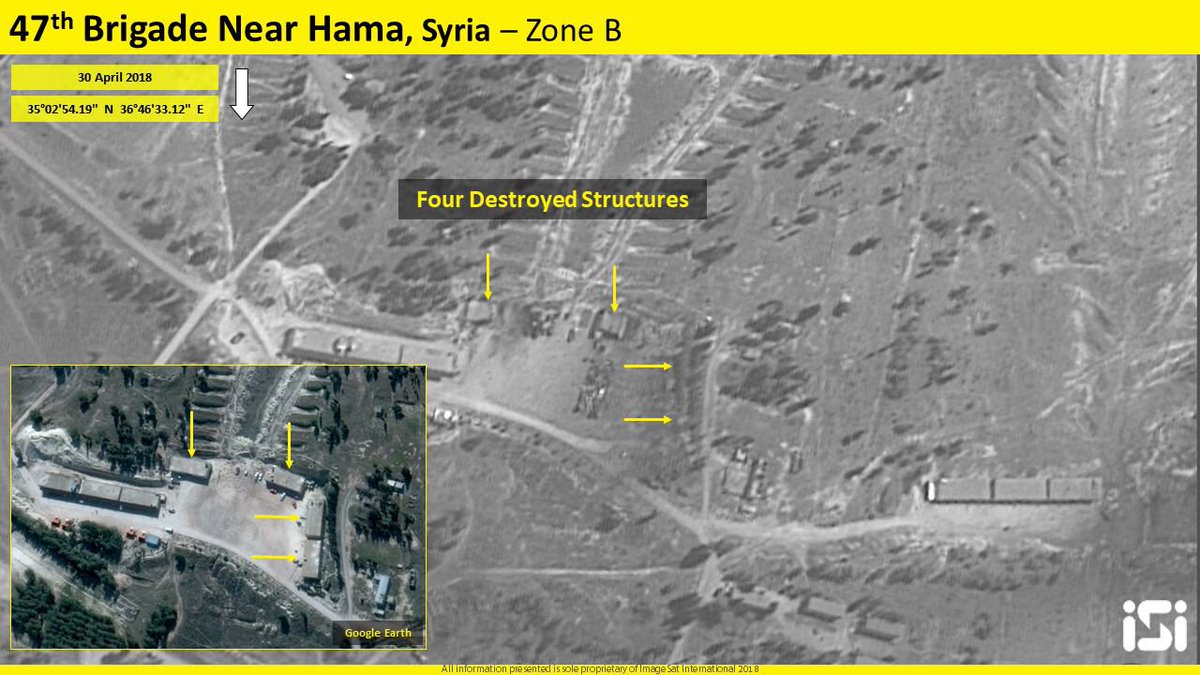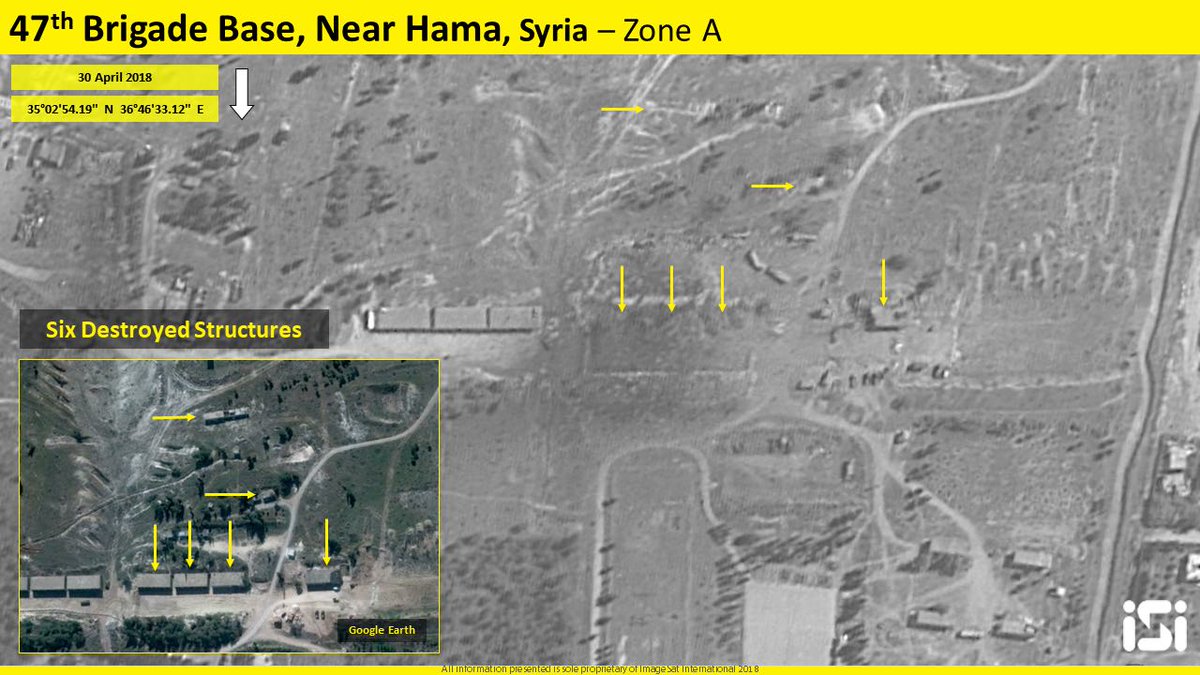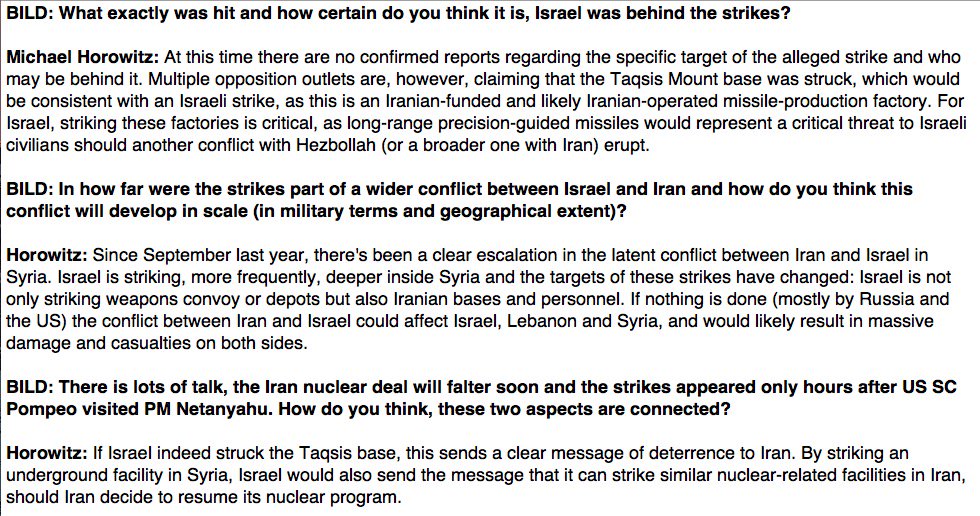Remember when Sean Penn decided he could befriend El Chapo Guzman and successfully plotted to interview him? Was Sean Penn ever debriefed by DEA or other law enforcement officials for more intelligence gathering on El Chapo? In fact this case is so dangerous that the jurors are to be sequestered and protected by U.S. marshals.
Related reading: 2009 Indictment from Illinois
Related reading: The case against Guzman in the Eastern District of New York does not have murder charges, only all offenses relating to the drug empire.
Moving ahead…  photo
photo
Mexican drug lord Joaquin “El Chapo” Guzman may face murder charges after several former Mexican police officers accused him of killing six Americans and a DEA agent within a nine-week span in late 1984.
Three former Mexican police officers told the U.S. Attorney’s Office in Los Angeles they witnessed Guzman carry out the killing spree between late 1984 and early 1985. Jorge Godoy, one of the former cops who is now under witness protection, told WFAA that Guzman took pleasure in killing people.
“He likes to cut the people,” Godoy told the news site.
Four Americans who were Jehovah’s Witnesses — Benjamin Mascarenas, 29; his wife Pat Mascarenas, 27; Dennis Carlson, 32; and his wife Rose Carlson, 36 — were murdered during a missionary trip in Guadalajara, Mexico. Godoy said he was the bodyguard of drug kingpin Ernesto Fonseca at the time and the missionaries made the wrong decision of knocking on a drug lord’s door on Dec. 2, 1984.
He told WFAA he saw them rape the women and torture the Americans. He added that Guzman shot each person and watched their bodies fall into an open grave. Former DEA agent Hector Berrellez also said Guzman was involved in their deaths.
“He shot them with his Uzi 9mm and I have witnesses that were there that saw ‘El Chapo’ kill these four Americans after they had been severely tortured,” Berrellez told WFAA. “The women were even raped. We’re talking about an animal here.”
But the killings didn’t end there, according to Godoy. Two other Americans, John Walker, 35, and Albert Radelat, 33, were the crazed drug lord’s next targets in Jan. 30, 1985. Walker was a Vietnam veteran and two-time Purple Heart recipient in Guadalajara writing a novel at the time. He and Radelat went to La Langosta restaurant to have dinner — in what turned out to be a fatal mistake.
Drug lord Rafael Caro Quintero mistook the two for DEA agents and ordered them in the restaurant.
“[Walker and Radelat] passed by me and I said, ‘Oh my God,’” Godoy recalled.
He said Guzman cut Walker’s throat. He then wrapped them and buried the two people in a nearby park, according to the report.
The last killing involved DEA agent Enrique “Kiki” Camarena, who busted the cartel’s marijuana fields and torched 10,000 tons of marijuana that cost them about $5 billion. He and a pilot who took him to the fields were tortured, killed and their bodies dumped on the side of the road. “Absolutely, he [Guzman] tortured both of them,” Berrellez said. “[Guzman] was seen by two witnesses slap, kick and spit in Camarena’s face. He was involved in physically torturing Camarena.”
Camarena’s death sparked one of the biggest manhunts by the U.S. government.
The families of the six Americans told WFAA they want to see “El Chapo” charged with the murders. The drug lord had murder charges dropped before he was extradited to the U.S. The U.S. Attorney in Los Angeles did not comment on the possible charges to WFAA. A spokesman for the U.S. Attorney for the Eastern District of New York, where Guzman is awaiting trial, also declined to comment.
“El Chapo” pleaded not guilty to drug-related charges including money-laundering, use of firearms and murder conspiracy.
*** There is also the case of Rafael Caro Quintero : Despite being wanted in the U.S. for Camarena’s murder, Mexico’s Supreme Court in 2013 overturned the ruling that voided Caro Quintero’s conviction and led to his release. Once freed, Caro Quintero quickly disappeared and his current whereabouts are unknown.
The Drug Enforcement Administration is offering a reward of up to $5 million for information leading to his arrest and/or conviction.
“DEA and Treasury utilize every possible tool to attack and dismantle violent, deadly criminal organizations such as that of Rafael Caro Quintero, who is responsible for the 1985 murder of DEA Special Agent Enrique ‘Kiki’ Camarena,” DEA Deputy Administrator Jack Riley said. “Thanks to this Treasury action, Diana Espinoza Aguilar has been exposed as a key enabler and facilitator for Caro-Quintero and his vicious global drug trafficking and money laundering regime.”
A founder of the now-defunct Guadalajara cartel, Quintero spent 28 years in jail for the 1985 murder of DEA agent Kiki Camarena, but was unexpectedly released in 2013 – to the disgust of the US government – and promptly disappeared. Today the ageing narco is said to be hiding out somewhere in the golden triangle, intent on reimposing old school narco order in Sinaloa. “There is no logic to what is happening,” the record producer said. “The sense I get is of an atmosphere of pending war.” Luís agrees. He spent 10 years as one of El Chapo’s gunmen, loading drugs on to planes heading to the US as well as torturing and killing cartel members who stepped out of line. Luis has retired and complains of nightmare flashbacks to his days as a killer, but he still keeps in contact with the few members of his old crowd who are still alive. They tell him all is not well in the cartel. “Before all the cows went in one direction. Now there are too many cowboys,” he said, sipping a beer and fiddling with a joint. “There will always be drugs moving, for as long as it is not legal, but I see a lot of weakness, a lot of internal disputes and mistreatment of the local population and that creates problems too.” Luis said that while the police were as accommodating as ever, new tactics being used by the federal government were causing problems. Time was, he said, when soldiers would help cartel members load up drug shipments “for a beer and a woman”. Now, however, he said army units were rotated so often that deals with corrupt commanders had to be constantly renegotiated.










